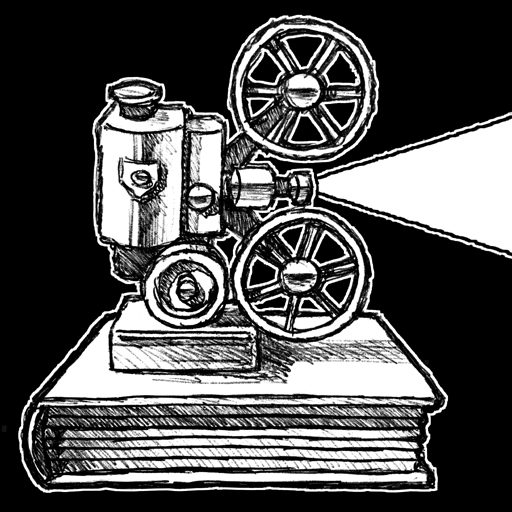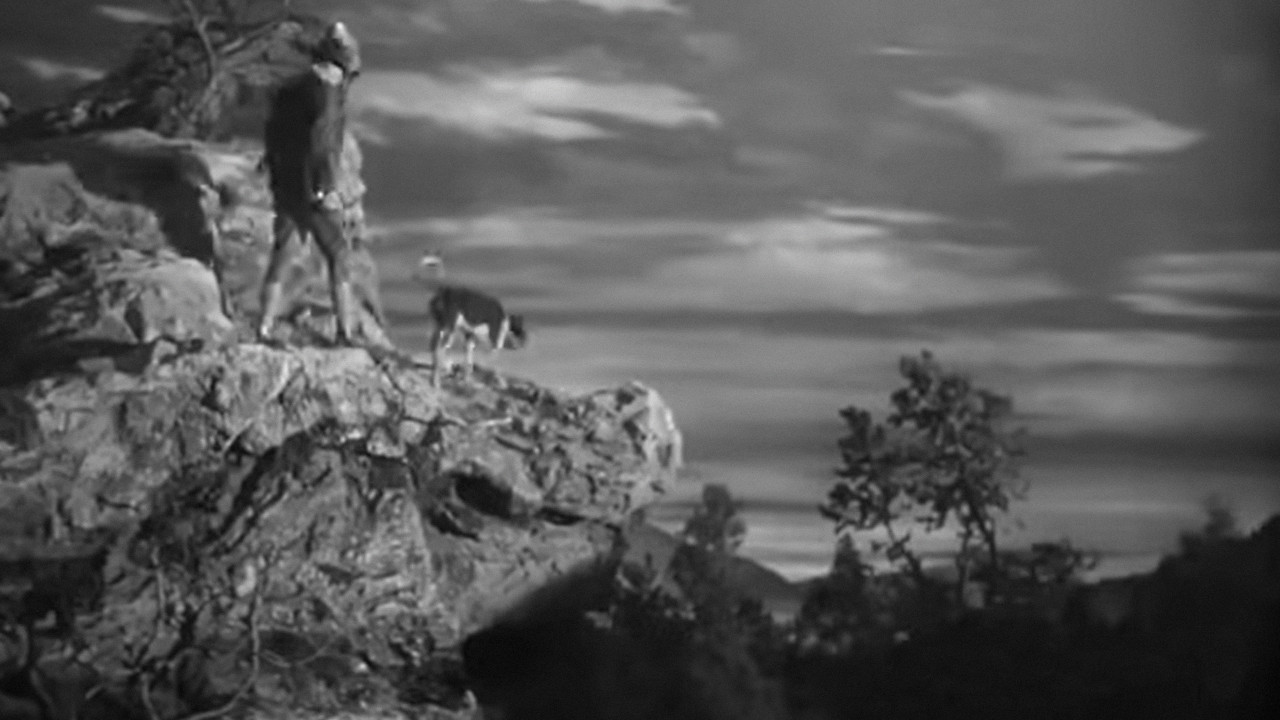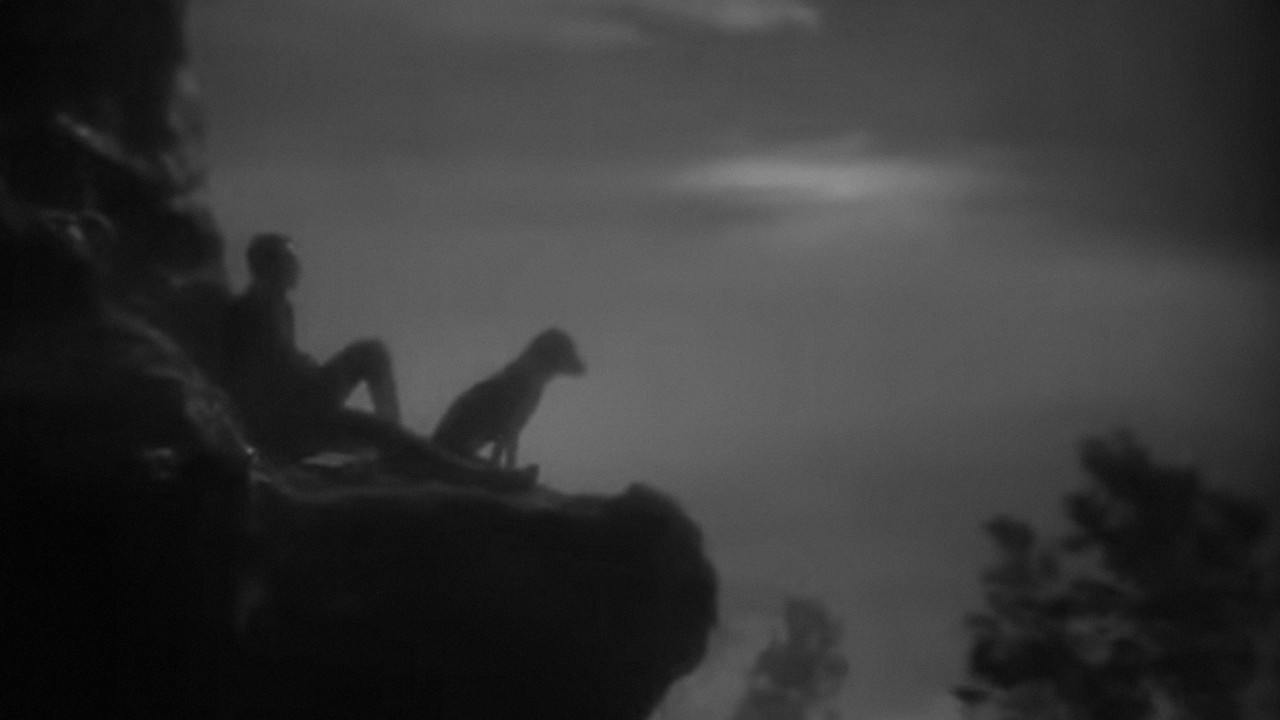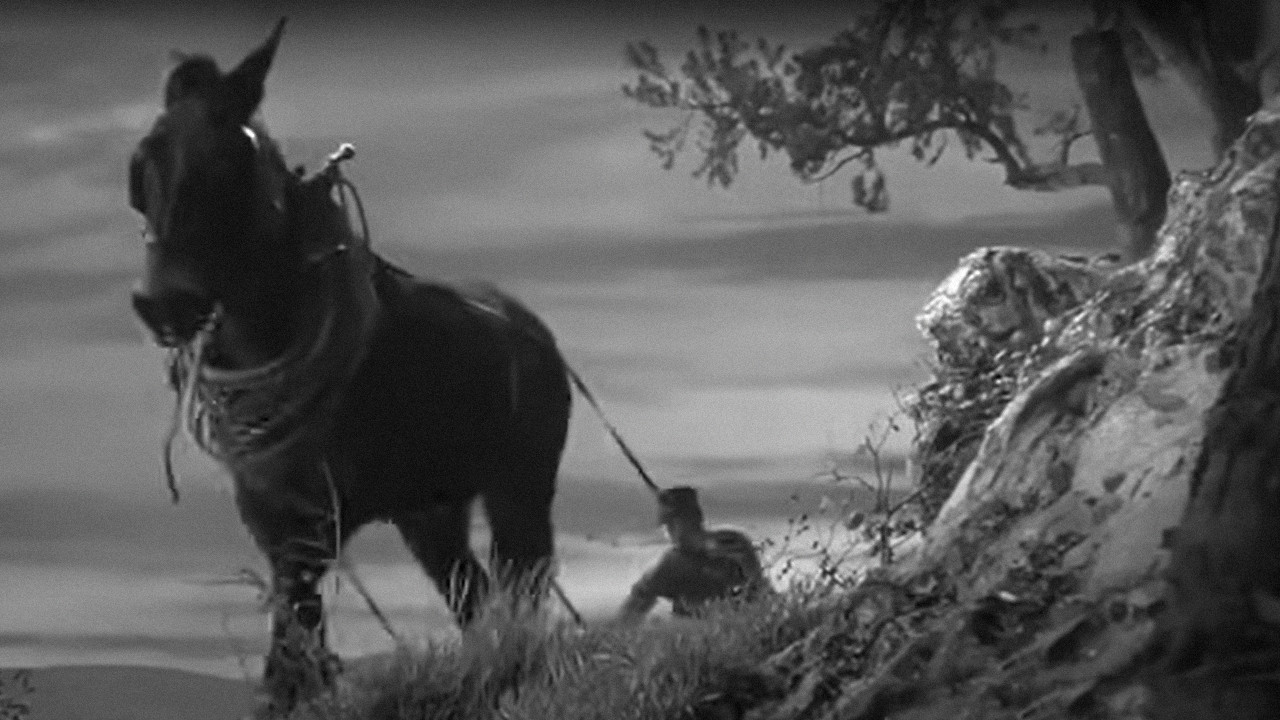
In the 1941 film “Sergeant York,” directed by Howard Hawks, Gary Cooper played the role of Sergeant Alvin C. York, a US Army soldier who won the Medal of Honor – the US Army’s highest military decoration – for acts of valour in World War I. Cooper’s performance earned him the Oscar for Best Actor at the 14th Academy Awards.
“Sergeant York” features a number of scenes showing York wandering the Valley of the Three Forks of the Wolf River in Tennessee, where he was born and raised. Avoiding a logistically tricky location shoot, the production team elected to build a mountainside set on what was, at the time, the largest soundstage on the Warner Bros. lot.
So far, so Hollywood. Only this particular mountain set was designed to move – specifically, to rotate into any one of sixteen different positions.
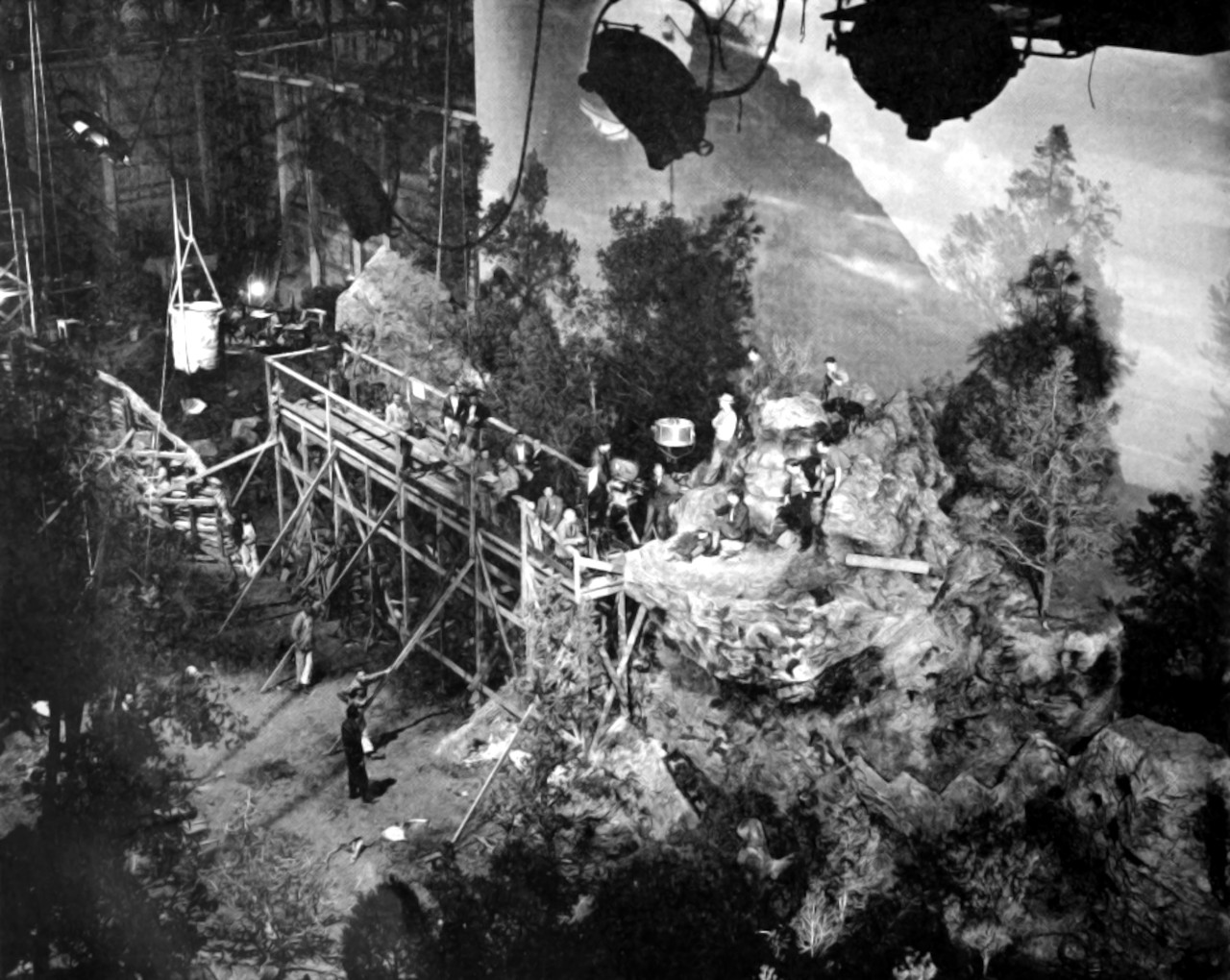
Why bother with a rotating set? Because the script included scenes set in different parts of the valley, at different times of day, each with a profoundly different mood. The rotating set delivered maximum variety for minimal outlay. Simply by spinning it round, Hawks could show York walking the mountain trails by moonlight, gazing out over a fog-shrouded valley, fox-hunting in the morning, or ploughing the rocky slope at noon, all without leaving the soundstage.
“Many of the changes could be achieved by lighting. Others, involving physical details, could not. It would have been possible to build six, or sixteen, separate mountain sets — deep ravines, rock ledges, rugged promontories and cedar thickets. It was simpler to combine them all in one, once the idea of revolving the mountain was conceived. It was also far more effective, because the tumbling stream and a rock-ribbed ploughing field are always there as background or foreground perspective for the various faces of the mountain.”
International Photographer, May 1941
The rotating set was designed by art director John Hughes. Over the course of ten 24-hour days, three daily shifts of 75 men raised its slopes on a circular steel table 35 feet in diameter, under the supervision of construction foreman Henry Fuhrman. Weighing in at a whopping 60 tons, the finished set rose to a height of 40 feet above the stage floor.
The revolving section was surrounded by a variety of static set pieces, each anchored to the stage floor by steel and concrete supports, and a huge painted backdrop. These static pieces included the mountain peak and the ploughing field. The latter was covered with soil to a depth of 18 inches, permitting a mule to draw a real plough through the dirt.
The team incorporated 121 real trees into the synthetic landscape, including 75 cedars transported from northern California. Ever mindful of the vagaries of filmmaking, they also created a kit of spare parts ranging from jagged peaks to sheer cliffs. Mounted on castors, these could be wheeled in as required to perfect the composition.
“The man-made mountains are creations of timber, cloth, plaster moulding, rock and soil. The timber supports are so constructed as to give the contours of a real mountain. Over them is placed a sheeting of heavy cloth. Then the moulded plaster ‘skins’ — casts made from moulds taken of real rocks, clefts and sections of mountain terrain — are placed. There are 600 of those ‘skins,’ each covering an average of 40 square feet, on the mountains of Hollywood’s ‘little Three Forks of the Wolf.’ The mountain stream wanders and tumbles a distance of 200 winding feet. Its bed has been cemented, to hold the water that will be fed continuously from a high tank, caught in a low one and pumped back for use again. Real mountain boulders have been strewn along the bed, and real grass springs from the sod that has been set by the stream. In all, two tons of boulders were brought to the set for artful distribution.”
International Photographer, May 1941
